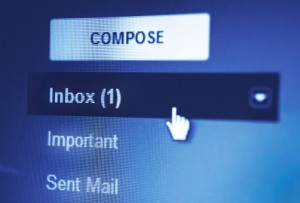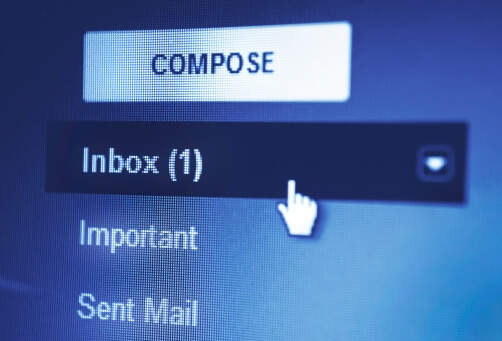 These days it’s almost impossible to conduct your business without access to an email account and it’s easy to see why. Email communication gives us an easy, immediate and non confrontational way to send quick messages, ask questions or raise issues.
These days it’s almost impossible to conduct your business without access to an email account and it’s easy to see why. Email communication gives us an easy, immediate and non confrontational way to send quick messages, ask questions or raise issues.
If you’re conducting business via email it’s important to follow a few rules to maintain your professional image. While some rules are obvious – such as using professional language or responding in an appropriate timeframe – others may not be quite so apparent.
Five Email Etiquette Tips for Your Small Business
1. Say Hello!
Just as you would with traditional forms of communication, it’s important to start off on the right foot. Although it might be a little more time consuming to say ‘Good morning!’ before you get to the point, simply jumping in and answering a question or responding to an issue can make you seem impersonal, uninterested, or simply going through the motions.
2. Use The Subject Line
Make sure your subject lines are relevant to the email content. Having a subject line that says ‘Hi!’ isn’t very helpful to the person you’re corresponding with and if they (or you – for that matter) need to search through old messages for information, it will make it that much harder to find what you need.
3. Know Your Fields
In business, emails are often sent to more than one person at a time and it’s important to use your address fields correctly to avoid confusion. The ‘To’ field is for people who need to act on, or reply to, the email, while the ‘Cc’ field is for people who need to be kept in the loop, but don’t necessarily need to act on the content. Use the ‘Bcc’ field for protecting private email addresses.
4. Reconsider Replying All
When you hit ‘reply all’ instead of reply, your email response will go to everyone included in the original email. Sometimes it’s appropriate to respond that way, but you should always double check before you hit ‘send’ on a reply all email to make sure you’re not sending anything that might be inappropriate or unnecessary for everyone to be copied in on.
5. Email Signature
The general rule of thumb for signatures is to keep it simple. Make sure you have your name, the name of the business, your position in the company and a telephone number where you can be contacted (if appropriate), any additional information is overkill.






